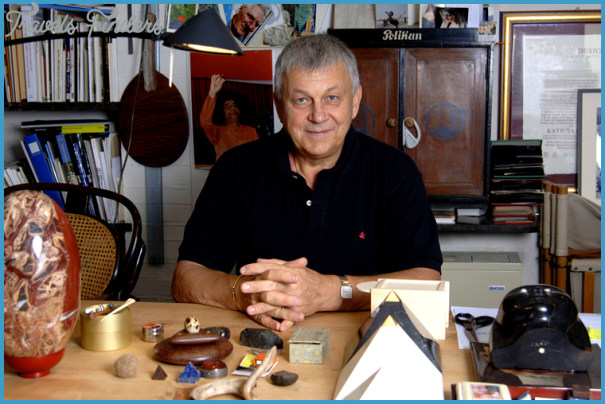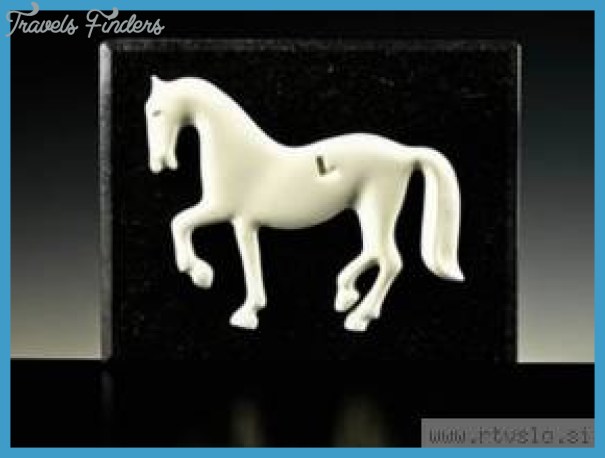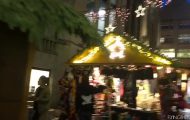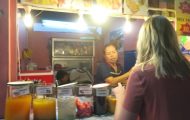KOGOJ MUSEUM
Marij Kogoj, a pupil of Franz Schreker and Arnold Schoenberg, was the leading representative of Expressionism in Slovenia. By ancestry half Italian, he was born in Trieste, on 20 September 1892, and given the name Julij (to be exact, Julius Dante Aloysius). When he was four his father died and he was abandoned by his mother, to be brought up by his father’s family, under the name Marij – actually the name of a younger brother who had died in infancy and with whom he had been confused. Later he lived in Ljubljana, working at the Slovenian National Opera, but his career ended prematurely, in the early 1930s, when he was diagnosed as schizophrenic; he lived on, mostly under care, until 1956.
KOGOJ MUSEUM Photo Gallery
Kogoj’s father’s family lived in Kanal, some 20 km from Nova Gorica in the foothills of the Julian Alps, on the Soca, which, milky in texture, turquoise in hue, winds through the town, where an ancient (and much depicted) bridge, a long single span of natural stone, traverses it. Kanal, which also represents the divide between Mediterranean and Alpine regions in Slovenia, takes considerable pride in its near-native composer: there is a bust to him, erected in 1969, in the town’s main square, close to the church where he had his first musical training and the house opposite where he spent his childhood, and it now holds an annual festival – with additional events as far afield as Trieste and Ljubljana – dedicated to him, in which his music is heard alongside the work of younger Slovenian composers.
And behind the church, by fragments of the ancient town wall, lies the Gotska hisa (Gothic house), where in 1992, on the centenary of his birth, a memorial room was opened to Kogoj within the local library. The memorial room was set up by one of Kogoj’s sons (he named them Marij and Julij), with material garnered from the family and others who knew him. There is an abundance of it, clearly classified and displayed, although the captioning is only in Slovene (but there are helpful, English-speaking staff). The first display case shows, in facsimiles, the various birth, baptismal and death entries that establish his true identity, and the next covers his childhood in Kanal – here the documents include school reports, some of them understandably confused because Marij’ was long taken to be three years younger than he was.
There are several portrayals of him – his passionate, inward, almost tortured appearance made him a striking figure – by local and Ljubljana artists from the 1920s, certificates of his unfit- ness to join the army or other organizations, and letters from that period showing his distress’ from around the time of his opera Crne maske (‘Black masks’, first performed in 1929, recognized as his chef d’xuvre). One case is devoted to Crne maske, with a facsimile score, reviews and the LP recording, and others to his piano music and his songs; there are facsimiles of his manuscripts and copies of some of the criticisms he wrote as a young man. And there is a powerful and moving portrait of him by his wife, Marija Podlogar Kogoja, in oil on wood. They also painted on the walls of their flat.














